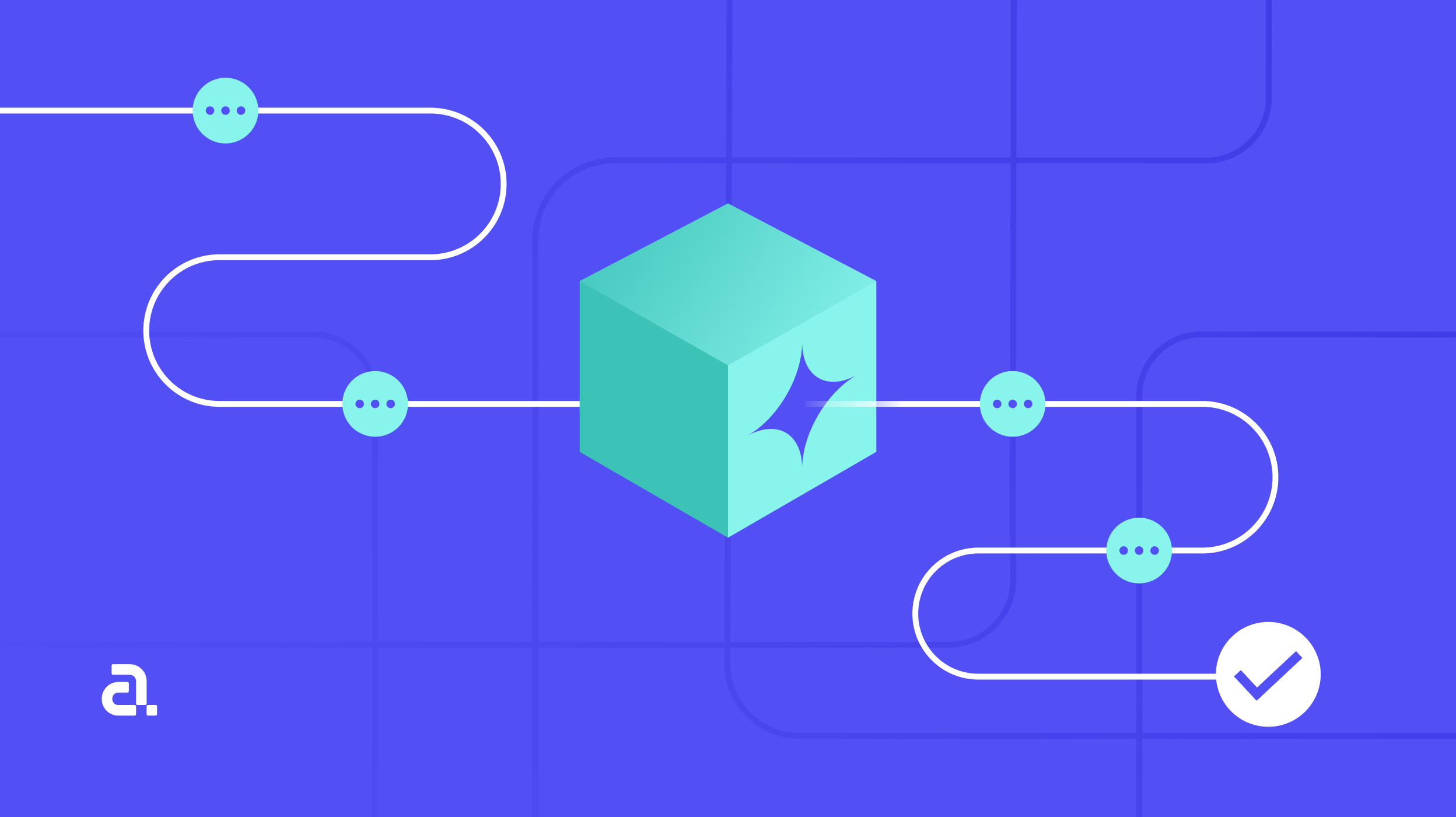Technology – it's the backbone of our modern world, powering everything from our work to our entertainment. But sometimes, that technological marvel throws a curve ball: an error message pops up, our app crashes or things just run strangely slow.
The High Stakes of Debugging: A Million-Dollar Lesson from Knight Capital - A bite-size case study
In 2012, Knight Capital, a titan in the world of high-frequency trading, faced a software bug that led to a loss of millions of dollars in just seconds. This event serves as a stark reminder of the high stakes involved in software development and the critical importance of debugging.
This real-world story highlights why mastering the art of debugging is not optional—but necessary.
In the following sections, we delve into effective strategies for debugging, underscore the importance of being a proficient debugger, and explore the evolving role of AI in assisting humans to navigate the complex landscape of software errors. By understanding and applying these principles, developers can prevent their projects from becoming the next cautionary tale! 🤷
Best AI tools in 2024 for software developers: your new best friends
Troubleshooting vs. Debugging: What’s the difference?
Well, they are both the stuff of digital detectives at work. But are starkly different.
The Importance of Debugging
Mastering the art of debugging is not just a skill; it’s an essential component of the digital world. Here’s why:
1. Enhanced Efficiency
Quick and effective debugging accelerates development cycles, reducing downtime and saving costs. It’s about making projects run smoothly and efficiently.
2. Proactive Prevention
Skilled debuggers can anticipate and solve problems before they escalate, minimizing disruptions and safeguarding software integrity.
3. Elevated User Experience
Seamless bug resolution ensures a flawless user experience, boosting satisfaction, retention, and advocacy.
4. Continuous Learning and Adaptation
The tech landscape constantly evolves. A proficient debugger remains at the forefront, adapting to new challenges and technologies.
5. Collaboration and Leadership
Debugging often involves teamwork. Proficiency in this area fosters better communication, collaboration, and leadership in problem-solving.
6. Competitive Advantage
Effective debugging sets products and professionals apart, leading to faster market releases and enhanced career opportunities.
Mastering Debugging: 5 Proven Strategies for Efficient Problem-Solving
1. Understand the Blueprint
Before diving in, get a clear picture of how things should work. What's the expected behaviour? This sets a benchmark for identifying deviations and narrowing down the problem.
2. Information is Power
Gather clues like a seasoned investigator. Check logs, error messages, user feedback, system reports – anything that sheds light on the issue. These are your breadcrumbs leading to the source.
3. Recreate the Crime Scene
Where possible, replicate the error in a controlled environment. Taking dumps from production and restoring them in a testing environment can facilitate thorough analysis without risking disruption to live systems.
4. Unleash the Code Detectives
Debuggers and profilers are your secret weapons. Imagine VSC Remote Connect as a spyglass, letting you step through code line by line, observing its execution and identifying errors, while PyCharm provides a comprehensive debugging interface for Python developers.
5. Identify performance bottlenecks
For Cloud, we have CloudWatch in AWS to monitor various metrics like CPU utilisation, network traffic, and disk I/O for individual resources or your entire infrastructure. For local performance analysis, consider tools like tracemalloc in Python to pinpoint code consuming excessive CPU or memory.
Envisioning the Future: Debugging in the Age of AI
1. Intelligent Debugging Assistants: The New Co-Developers
Imagine having a co-developer that never sleeps, one that's constantly analyzing your code, understanding your challenges, and suggesting solutions.
AI-driven debugging assistants like TabNine, Kite, and GitHub Copilot are making this a reality.
These tools leverage natural language processing (NLP) to understand developers' intents and offer contextually relevant solutions, effectively speaking the developer's language. The impact? A significant reduction in debugging time and a more intuitive coding experience.
2. Predictive Debugging: The Crystal Ball of Software Development
With the advent of predictive analytics, debugging is no longer just reactive but predictive.
Tools such as Sentry, OverOps, and Raygun analyze historical data, code changes, and user feedback to forecast potential issues before they manifest.
This preemptive approach allows developers to address bugs before they affect the end-user experience, ensuring software reliability and user satisfaction. Predictive debugging represents a shift towards a more proactive, anticipatory stance on software quality.
3. Automated Code Repair: The Self-Healing Code
What if your code could heal itself? Machine learning techniques are paving the way for automated code repair, transforming the dream of self-healing code into reality.
Solutions like DeepCode Repair, CodeQL, and Semmle QL can automatically detect and fix a wide range of code defects—from syntax errors and memory leaks to security vulnerabilities.
This not only alleviates the developer's burden but also dramatically accelerates the debugging process, making software maintenance more manageable and less error-prone.
A Future Empowered by AI
The integration of AI into debugging processes marks a significant leap forward. It's a journey from manual, often tedious error resolution to a future where AI not only identifies and fixes errors but also anticipates them, creating a seamless symbiosis between developer and machine.
This evolution promises not just improved efficiency but a transformation in how we perceive and interact with software development. As developers and AI work hand in hand, we're not just debugging code; we're crafting a more reliable, intuitive, and responsive digital world.
In this future, believing in the power of AI doesn't require fancy words—it's evident in the tangible improvements in our work and the increasing sophistication of the software we create.
As we stand on the brink of this new era, the potential for innovation and improvement in software quality is boundless. Embracing AI in debugging is not just an option; it's the path forward, a testament to our relentless pursuit of excellence in the digital age.










.webp)

.webp)